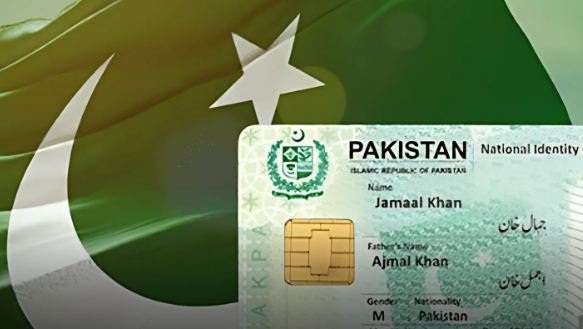
|
Getting your Trinity Audio player ready...
|
Pakistan’s healthcare system is on the cusp of a transformative leap with the federal government’s flagship “One Patient, One ID” initiative. This ambitious health-tech program seeks to streamline medical services by assigning every citizen a unique medical ID linked to their national ID number. Spearheaded by the Ministries of Information Technology and Health, the initiative is set to reshape how healthcare is delivered across the country, particularly in underserved regions.
In a nation where fragmented healthcare systems and overburdened hospitals often hinder timely care, this initiative promises to bridge gaps, improve efficiency, and enhance patient outcomes. By integrating digital infrastructure with primary healthcare, Pakistan is aligning with global health-tech trends while addressing local challenges like rural access and data fragmentation.
Key Developments in the “One Patient, One ID” Initiative
High-Level Collaboration for a Unified Goal
On June 10, 2025, Federal IT Minister Shaza Fatima Khawaja and Federal Health Minister Mustafa Kamal co-chaired a pivotal meeting to review the project’s progress. Senior officials from both ministries engaged in detailed discussions, emphasizing the need for seamless coordination. The IT Ministry committed to providing high-speed connectivity to all Basic Health Units (BHUs) and schools in Islamabad, a critical step to strengthen the referral system and ensure real-time access to patient data.
This collaboration reflects the government’s commitment to Prime Minister Shehbaz Sharif’s vision of a Digital Pakistan. By linking BHUs with robust digital infrastructure, the initiative ensures that even remote healthcare facilities can access centralized medical records, reducing delays and misdiagnoses.
Accelerated Timeline: A Race Against Time
In a significant update, Minister Shaza Fatima announced a revised completion date for the “One Patient, One ID” project, moving it forward from June 2026 to December 31, 2025. This accelerated timeline highlights the government’s urgency to address Pakistan’s healthcare challenges, particularly in urban centers like Islamabad, where hospitals such as PIMS and Polyclinic face overwhelming patient loads.
The new deadline reflects a strategic push to integrate digital solutions swiftly, ensuring that Pakistan’s healthcare system can meet growing demands. For context, a 2024 WHO report highlighted that 60% of Pakistanis face delays in accessing specialist care due to inadequate referral systems—a gap this initiative aims to close.
How “One Patient, One ID” Will Transform Healthcare
Unified Medical Records for Seamless Care
At the heart of the initiative is the use of each citizen’s national ID number as their medical record identifier. This system will allow healthcare providers to instantly access a patient’s medical history, from past diagnoses to ongoing treatments, regardless of where they seek care. For example, a patient visiting a rural BHU in Punjab or a tertiary hospital in Karachi will have their records readily available, reducing redundant tests and improving treatment accuracy.
Health Minister Mustafa Kamal emphasized that this system will alleviate pressure on major hospitals by strengthening primary healthcare. In 2024, Islamabad’s major hospitals reported over 2 million outpatient visits, many of which could have been managed at BHUs with better coordination. By empowering BHUs with digital tools, the initiative ensures that patients receive timely care closer to home.
Enhancing Efficiency and Equity
The “One Patient, One ID” system is poised to address longstanding inequities in Pakistan’s healthcare landscape. Rural areas, where 63% of Pakistan’s population resides (per 2023 census data), often lack access to specialists or advanced diagnostics. By connecting BHUs to a centralized database, the initiative ensures that rural patients receive the same quality of care as urban residents.
Moreover, the program aligns with global best practices. Countries like Estonia and Singapore have successfully implemented similar unified ID systems, resulting in a 20-30% reduction in healthcare delivery costs, according to a 2023 OECD study. Pakistan’s adoption of this model positions it as a leader in health-tech innovation within South Asia.
Discover global health-tech trends: https://www.who.int/health-tech
Challenges and the Path Forward
While the initiative holds immense promise, challenges remain. Ensuring reliable internet connectivity in remote areas, training healthcare staff on digital systems, and maintaining data privacy are critical hurdles. The IT Ministry’s commitment to equipping BHUs with connectivity is a step in the right direction, but sustained investment and public awareness will be key to success.
To address privacy concerns, the government must adopt robust cybersecurity measures, drawing lessons from incidents like the 2022 NADRA data breach. Transparent communication about data protection will also build public trust, especially in a country where only 45% of citizens trust digital systems, per a 2024 Gallup Pakistan survey.






